Search
03248 ENVIRONMENTAL EVALUATION OF A CADMIUM REPLACEMENT COATING FOR USE IN A MARINE ENVIRONMENT
Also Purchased
02137 Phosphate Coated Zinc Plating- An Alternative To Cadmium Plating on Fasteners
Product Number:
51300-02137-SG
ISBN:
02137 2002 CP
Publication Date:
2002
$20.00
00478 A CORROSION ENGINEERING TRAINING MODEL
Product Number:
51300-00478-SG
ISBN:
00478 2001 CP
$20.00
00494 CORROSION IN ALKANOLAMINE PLANTS: CAUSES AND MINIMIZATION
Product Number:
51300-00494-SG
ISBN:
00494 2000 CP
$20.00




